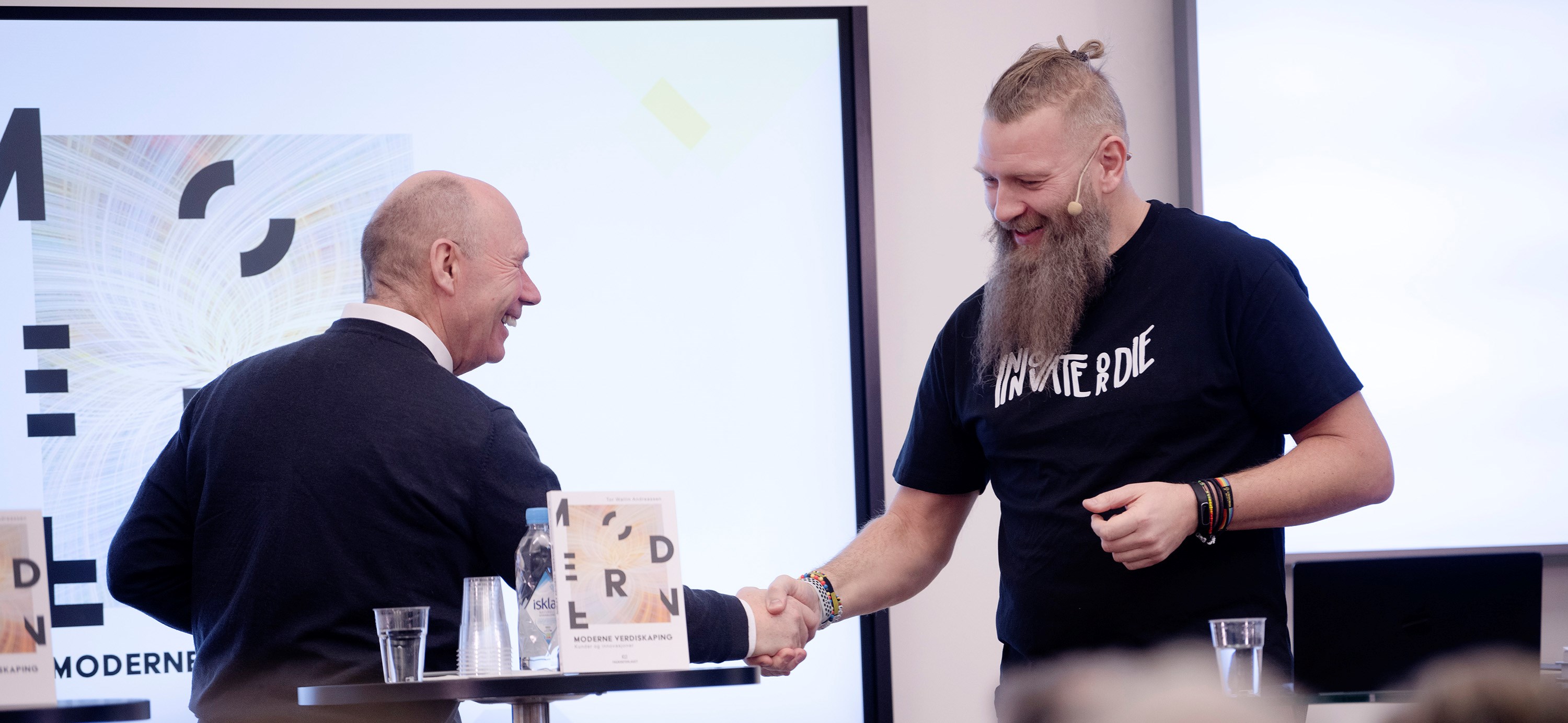Handling unknown-unknowns requires a different approach, one that values organizational agility and a cultural openness to experimentation and failure.
Tor W Andreassen and Yngvar Ugland

For long-term survival, businesses must survive in the short term. To succeed, leaders need better tools.
In a world characterized by rapid technological development and competition, the balancing of short-term and long-term innovations is essential for the survival and success of businesses. An effective approach to this balance requires not only strategic insight and resource allocation but also a deeper understanding of the market's perception of a company's innovation capacity and attractiveness.
Here, the Norwegian Innovation Index plays a vital role by providing a useful tool for leaders in their decision-making around the allocation of scarce resources.
The Norwegian Innovation Index, which measures perceived innovation capability among consumers, provides leaders with valuable insights into how the company's innovations are perceived in the market. This insight can lead to more informed decisions about investments in short-term innovations that not only address immediate market needs but also strengthen the company's market attractiveness and perceived innovation capacity. By focusing resources on projects that are visible and valued by the market – often areas that are important to customers, but where the business scores low, companies can increase their competitiveness and customer loyalty.
To navigate the complex areas of long-term and radical innovation, it is crucial to recognize and manage two types of uncertainties: known-unknowns (things we know we don't know) and unknown-unknowns (things we don't know that we don't know).
Known-unknown factors can often be identified through traditional market research and scenario planning, allowing leaders to design strategies based on possible future outcomes. This includes developing flexible innovation strategies that can adapt to new information or market conditions and investing in technologies or processes that can pivot based on customer feedback or changes in the market.
Handling unknown-unknowns requires a different approach, one that values organizational agility and a cultural openness to experimentation and failure.
Tor W Andreassen and Yngvar Ugland
Handling unknown-unknowns requires a different approach, one that values organizational agility and a cultural openness to experimentation and failure. This involves creating a corporate culture that encourages innovation through cross-disciplinary teams and provides space for employees to explore new ideas without fear of punishment for failed attempts. By promoting a culture of learning and continuous improvement, companies can become more resilient to unexpected challenges and better positioned to capitalize on radical innovation opportunities when they arise.
In addition, the use of advanced analytical tools and big data analysis can help to uncover hidden patterns, trends, and consumer behavior that may indicate innovation opportunities or threatening disruptors. This helps leaders to perform a kind of mental training on the unknown and in the process better understand the complex landscape of unknown-unknowns and navigate the uncertainty associated with long-term innovation endeavors.
The combination of strategic use of the Norwegian Innovation Index for short-term innovation decisions and robust techniques for managing both known-unknowns and unknown-unknowns uncertainties is critical for the success of companies in today's dynamic market. By integrating these approaches into their overall innovation strategy, companies can not only improve their immediate market position but also ensure their long-term survival and growth.
Tor W. Andreassen is Professor of Innovation at NHH Norwegian School of Economics. Yngvar Ugland is SVP DNB NewTechLab: Thye are both affiliated with the DIG Centre at NHH.